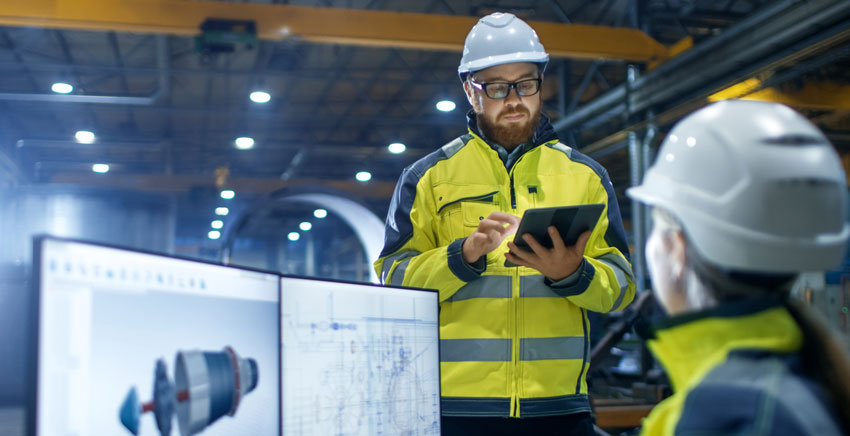October 24, 2024
3 Simple Tests to Recognize High-Quality 3D Scanners with no Calibrated Artifacts Required See the articleWhen talking about Industry 4.0, many people mistake what companies really need and how will they get it. Industry 4.0 implies a lot of different things including the dream of measuring 100% of all dimensions on 100% of all part. However, this is not what’s valued the most by manufacturing companies. The most important thing for a manufacturing company is to be in complete control of his manufacturing process, increasing quality control is a way to get there… but it’s not the primary objective of the management.
It’s true that an increased in productivity of the quality control process will lead to an earlier detection of problems, but it could also enable companies to adopt proactive and preventive philosophy to better plan corrective methods, equipment maintenance, etc.
What are your main productivity issues
on your automated quality control process?
Speed, Labor,
Complexity
Obviously to put in action such principles in real life, companies’ needs man power to operate shop floor CMMs. Qualify quality control technicians or engineers are required to operate conventional CMMs or manual metrology tools. These days qualify quality control people are hard to find, this is a true problem for many manufacturing companies.
Recent innovations from metrology manufacturers have shown that automation can provide a solution to labor problem in metrology and solve the need for increase productivity. Although traditionally automated quality control solution we less easy to implement than standalone 3D scanners, the new generation of shop floor CMMs – 3D scanning CMMs – has resolved this issue through close hardware and software integration. Fast, accurate and easy to use are the main characteristics of the newest shop floor coordinate measuring machine. A key element to their success is based on addressing human resources challenges that so many manufacturing companies are facing as they can be operated by production people instead of someone from the quality control department. Of course, at some point someone from that department will need to prepare the inspection plan, but to run its people from production that will use the CMM on day-to-day operations. Indeed, the process is as simple as putting the part in the CMM and pressing start to get the robot to over the part with the 3D scanner.
Finally, thank to close a great software integration quality control technician and engineer do not have to carry knowledge about robots or robot kinematic. Today, some metrology software can automatically calculate, simulate, and execute robot path from an inspection plan.








